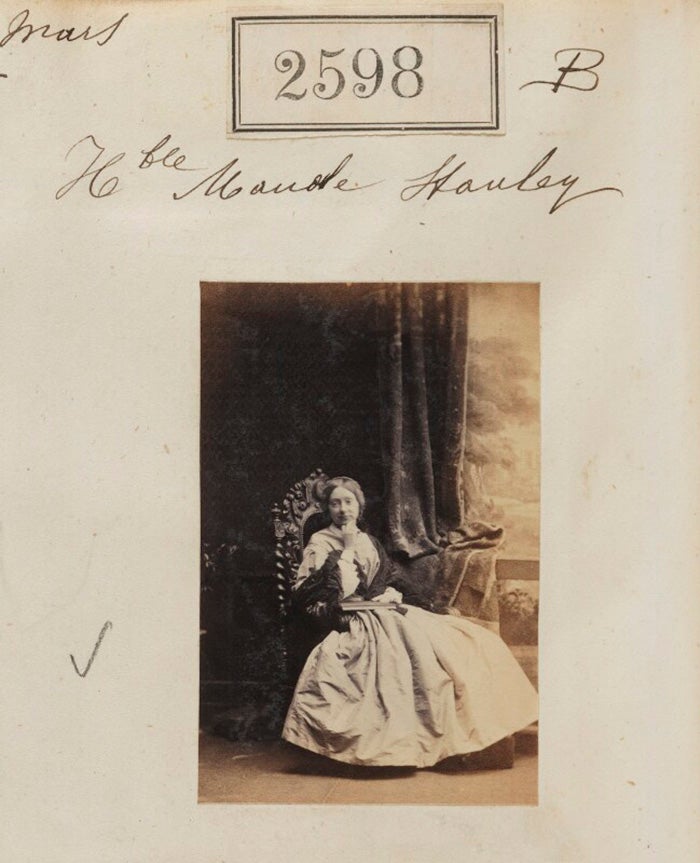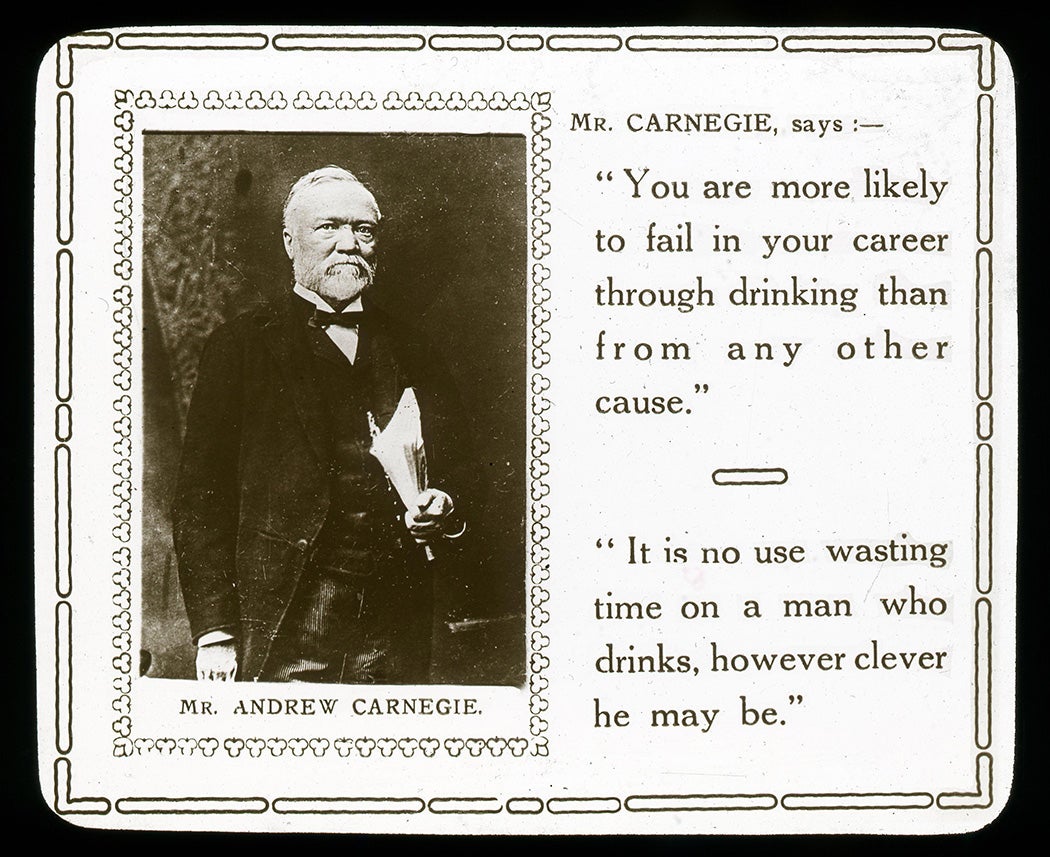Lack of Funding for the Arts in Public Schools Jstor
In January 2022, Julian Fellowes's new series, The Aureate Age premiered on HBO. While the verdict's out whether the show will live up to its promise as an American answer to Downton Abbey, so far, information technology has delivered on the decadence characteristic of its titular era. The testify has already served up numerous scenes of opulent homes, clothing, carriages, and parties—what Thorstein Veblen famously termed "conspicuous consumption" in his 1899 sociological classic The Theory of the Leisure Class.
On the show, benevolence often accompanies opulence. Most of the episodes thus far have centered on events tied to philanthropy. In one episode, a charity dejeuner introduces viewers to the ruthless social world of wealthy New York. On another, a railroad magnate shuts downwards a fundraising bazaar through a show of industrial might. And, on an episode didactically titled "Charity Has Ii Functions," Clara Barton makes an appearance to explain that she understands that the wealthy use her organisation for social climbing, a fact she accepts considering it keeps the nascent Red Cantankerous afloat.
Weekly Newsletter
As The Golden Age suggests, during the era, charity was a realm in which women could play a visible role in public life. Wealthy, largely white, women were able to wield influence in reform movements and the growing, increasingly professionalized field of social piece of work through clemency. Wives, daughters, and sisters of business magnates became patrons of schools, libraries, hospitals, and cultural organizations. Women like Louise Whitfield Carnegie, Abby Aldrich Rockefeller, and Gertrude Vanderbilt Whitney gave abroad money accumulated from the growth of manufacture and a lack of taxation (the graduated income tax was not introduced until 1913).
So far, The Gilded Age's focus on intra-form tension in charitable endeavors misses opportunities to depict how charity was too a site of inter-class interaction, and often, animosity. Settlement houses, working girls' clubs, and other charitable institutions brought wealthy women into contact with a burgeoning working class. As David Sloane'southward inquiry demonstrates, women reformers founded hospitals with the mission to intendance for children, whom they saw every bit vulnerable to the ravages of urbanization and industrialization, as well every bit poor parenting. The premise of this work, as one might gauge, put charitable organizations at odds with poor mothers, who resisted reformist assumptions "that ill-trained Old-World mothers did not have the grooming necessary to heighten children adapted to urban, industrial gild." Laura R. Fisher's scholarship on settlement houses shows how working class immigrants took issue with the ability dynamics embedded in their funding structures. Wealthy Jewish philanthropists who funded the settlement houses expected them to be sites of assimilation and uplift.
The 1890s as well saw the ascension of working girls' clubs, charitable organizations in the U.S. and Uk that provided infinite for working women to gather around literature and other cultural pursuits. The Golden Age's heroine, Marian Beck, floats the idea of working at an organization that resembles a working girls' society as a way to occupy her time. In Edith Wharton'south Gilded Age novel, The House of Mirth, Lily Bart'due south cousin spends her time volunteering at a working girls' club, which becomes a staging ground for the tensions that the novel identifies between wealthy and working course women.

Working girls' clubs were meant to replicate the pop concept of women'due south clubs to the masses. An 1890 review of the volume Clubs for Working Girls by British reformer Maude Stanley identifies how "'discipline and order'" should be the primary business organisation when starting a social club. And, it goes on to highlight what the book deems the "failings of working girls": "drinking habits" and "premature lovemaking."
Fisher's Reading for Reform delves into the societal function that the clubs served and how they're represented in literature of the era. Though working girls were expected to pay subscription fees to clubs to build "cocky-reliance," they were also funded by wealthy women and staffed by heart form women. As she shows, working girls clubs were established to proceed a burgeoning class of women new to the city and new to the workforce from spending their wages in bars and other sites of supposed disrepute. She argues that "the [working girls' club] motility sought to create a new social taxonomy of white working women at a transitional moment in U.South. modernity." Crucially, they encouraged working class women to make wealthy and center class women objects of aspiration. As thinking behind the design of working girls' clubs went, if working class women were in proximity with eye and upper course women and enculturated to share in their cultural pursuits, they would come to emulate their manners and lend respectability to working women. As Fisher points out, tensions in the guild arose because of their conservative positions on labor issues. Rather than using the collective space of the working girls' club to organize around poor working weather and low wages, lodge leadership encouraged "self-subject field, obedience, and respect for employers."
We see the vexed legacy of working girls' clubs in public soapbox about women, philanthropy, and other organizations with supposed "social bear upon" missions today. The formerly buzzy coworking company The Fly explicitly cited women's clubs as inspiration for their all-women work and social spaces, meant to offering a feminist alternative to mainstream coworking spaces. Like women's and working girls' clubs, The Fly aimed to give women who worked in cities spaces to work, socialize, and partake in cultural and political programming. Withal, as with working girls' clubs, The Wing has also faced criticism of its poor working conditions for staffers in depression paid positions, many of whom were women of color.
Today, women who are philanthropists similar Melinda French Gates and MacKenzie Scott (formerly Bezos) both relish acclaim and suspicion as they give away their husband and ex-married man's fortunes. While they may not be defendant of social climbing, they exercise, however, come under burn down for using philanthropy to distract from the problem of inequality and the source of their wealth.

And so far, The Golden Age has framed charity as a delicate social game. At the time, withal, information technology played a pregnant role in public discourse, as information technology does today. Philanthropy was a hotly contested topic considering it brought larger fights over capitalism to the fore of questions related to labor, politics, and faith. Andrew Carnegie's 1889 essay, "Wealth," (now known as the "The Gospel of Wealth,") made the example that inequality leads to the "progress of the race," an argument that as readers of the essay volition notice, is structured past racism and settler-colonialism. In "Wealth," Carnegie justifies the ability of industrialists like himself confronting calls for taxation, breaking upwards monopolies, or improve wages for workers through the supposition that the wealthy knew better how to spend money than the poor.
Some Golden Age reform movements that benefitted from philanthropy played into the assumptions that by virtue of their success, wealthy industrialists are models of morality. Temperance leagues, for example, used Carnegie as a kind of "anti-drinkable" influencer in ads like this ane that heralded his wisdom in sobriety. For literary scholar Kathleen Davis, Carnegie'due south theory of giving can be described equally "tycoon medievalism," which as she argues used corporate philanthropy to "establis[h] an impersonal, cocky-perpetuating mechanism for redistributing economical majuscule into symbolic capital at a crucial moment in the history of U.s.a. labor relations."
Philanthropy as expert past Carnegie and other Gilded Age industrial magnates was also met with fierce opposition. Critics saw philanthropy as a manner to avoid taxation of massive fortunes that should be publicly controlled. More than radical critics of corporate philanthropy understood information technology to be inseparable from concern practices that relied on low wage, dangerous work. In the case of Carnegie, thousands of workers died or were maimed in his mills and a dozen were killed in the Homestead Strike.
A 1911 Fabian Socialist tract, for case, contended that practices associated with "scientific philanthropy"—the theory of clemency associated with Carnegie and other industrial philanthropists—replaced the personal nature of almsgiving with "the machinery of investigation." They get on to argue that commercialism transforms social relations by separating workers from capitalists. This separation "cuts at the root of clemency, severing the outward deed from the inner grace."
In a 1901 article published in the Missouri Socialist, "Crimes of Carnegie: Protest Against Condoning Crime in the Name of Philanthropy," socialist politician Eugene V. Debs frames Carnegie's supposedly benevolent project of funding libraries as a offense. Establishing free libraries were the authentication of Carnegie's philanthropy. Like working girls' clubs, they were meant to exist aspirational alternatives to bars. Carnegie promoted them as places where working people could gain knowledge that would lead them on a path to upward mobility similar his. For Debs, libraries represent the worst of Carnegie's crimes in that they're emblematic of capitalist philanthropy that derives from profits amassed by stealing from workers' via exploitation of their labor. Debs reminds readers of the vehement tactics Carnegie used against hit workers. Rather than read in Carnegie's libraries in their few hours away from piece of work, Debs delivers a stirring telephone call for working people to revolt against philanthropy:`
Let honest workingmen everywhere protest against the acceptance of a gift which condones criminal offense in the name of philanthropy. Let them put themselves upon tape in terms that appeal to the award of their class and the respect of all flesh. Nosotros desire libraries and we will have them in glorious abundance when capitalism is abolished and the workingmen are no longer robbed by the philanthropic pirates of the Carnegie class. And then the library will be every bit it should be, a noble temple dedicated to culture and symbolizing the virtues of the people.
Though The Gilded Age's viewers have so far non encountered radical critiques of philanthropy, the flavour'south fifth episode hints at a third role of charity: distracting from industrial disasters. At the terminate of the episode, new coin railroad tycoon George Russell learns that one of his trains has been derailed, killing several people. Afterwards learning the news, he tells his wife to call Clara Barton, to whom she'd recently fabricated a large donation. This suggestion of disaster capitalism mode philanthropy shows how rather than only a social game, philanthropy was serious business.
Support JSTOR Daily! Join our new membership plan on Patreon today.
Source: https://daily.jstor.org/philanthropy-and-the-gilded-age/
0 Response to "Lack of Funding for the Arts in Public Schools Jstor"
Post a Comment